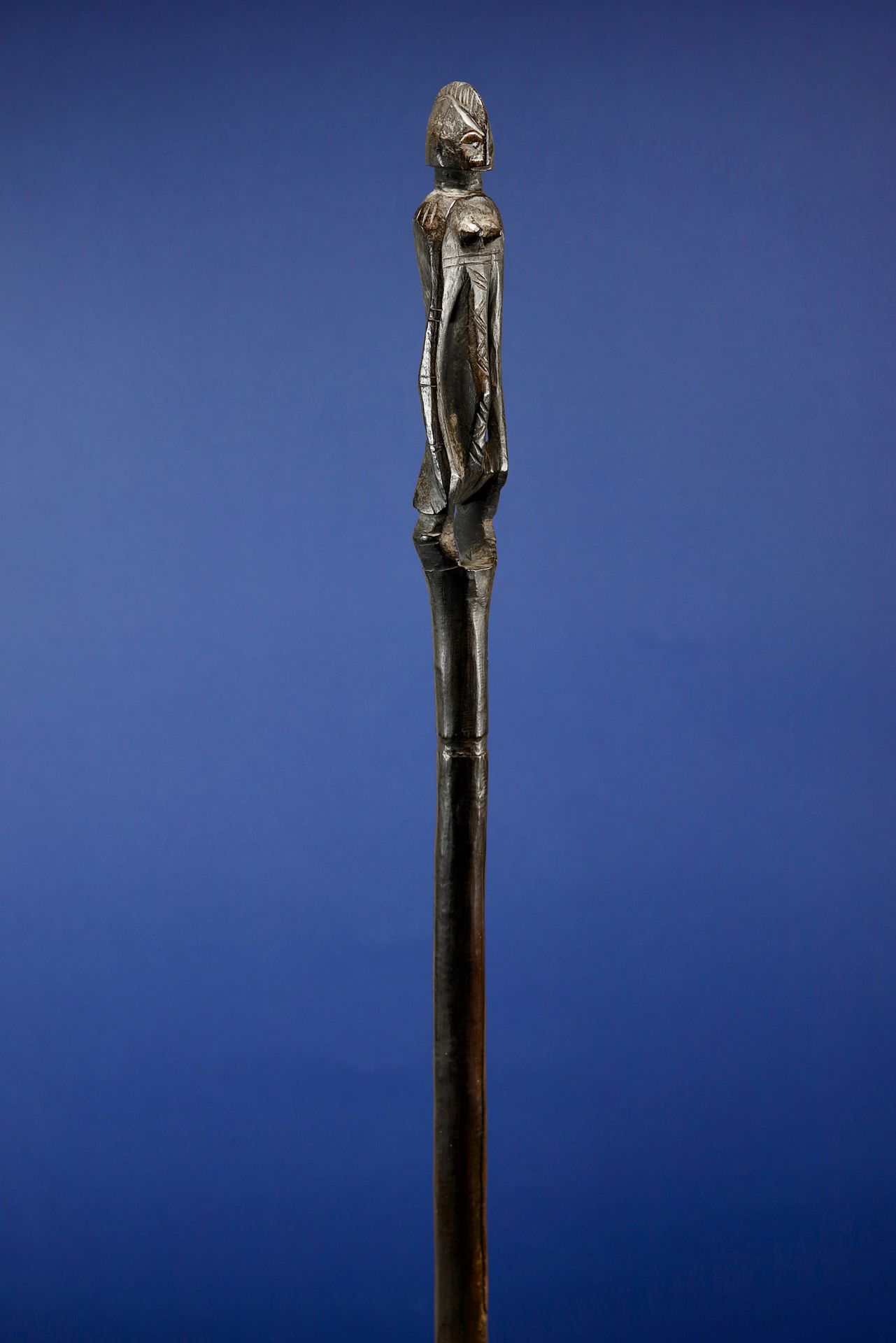Description
Poro cane carved at the top with a female figure. Wood with a deep patina of use. Senufo, northern Ivory Coast, Tingrela region. H. 142 cm. Provenance : - Emmanuel Bordier Collection
30
Poro cane carved at the top with a female figure. Wood with a deep patina of use. Senufo, northern Ivory Coast, Tingrela region. H. 142 cm. Provenance : - Emmanuel Bordier Collection
You may also like
